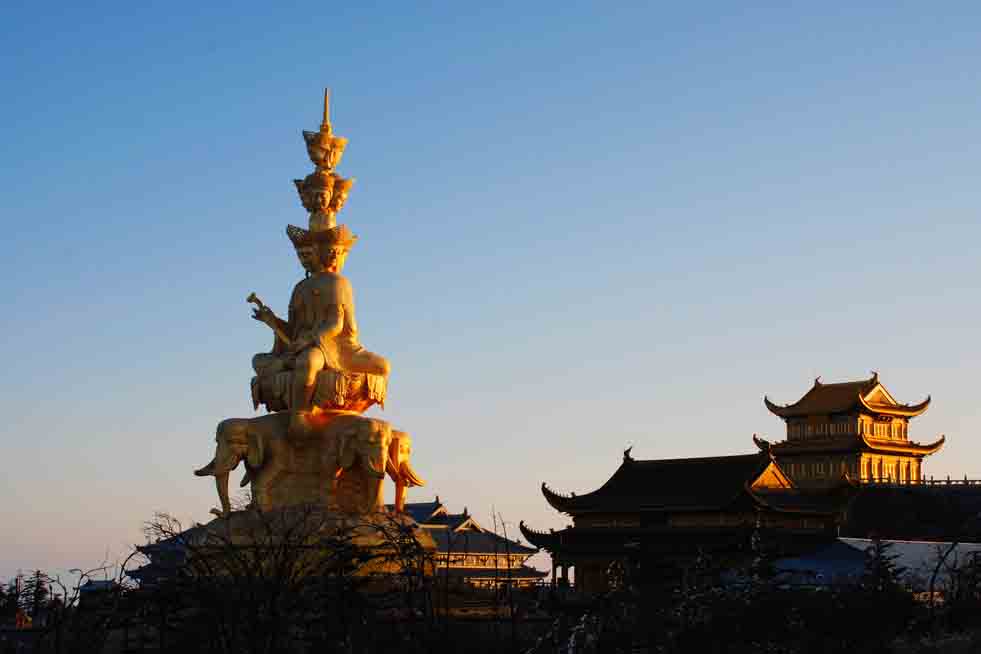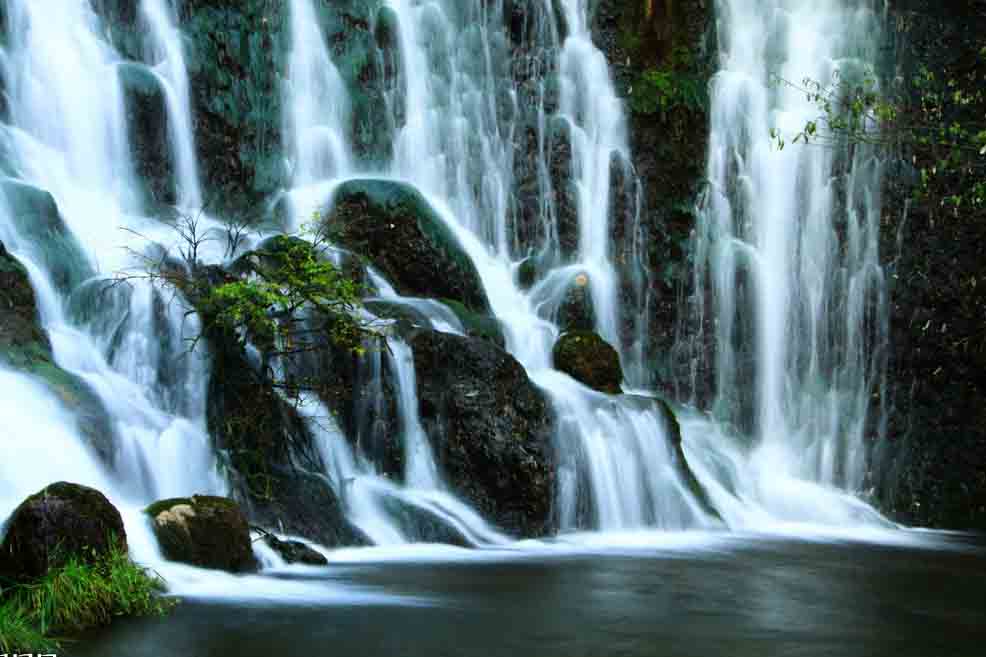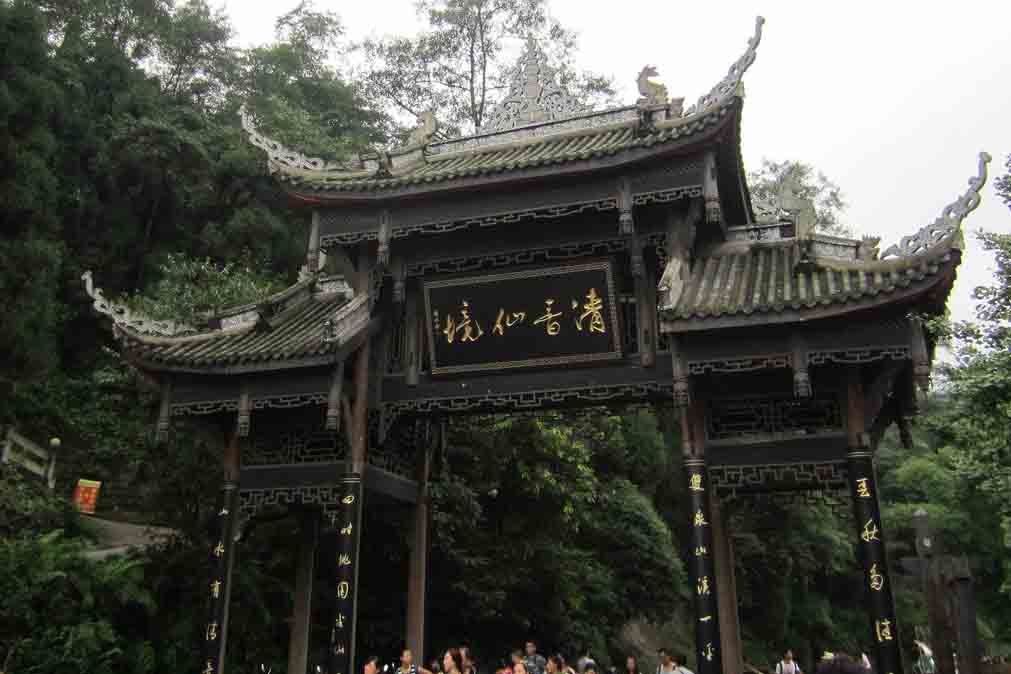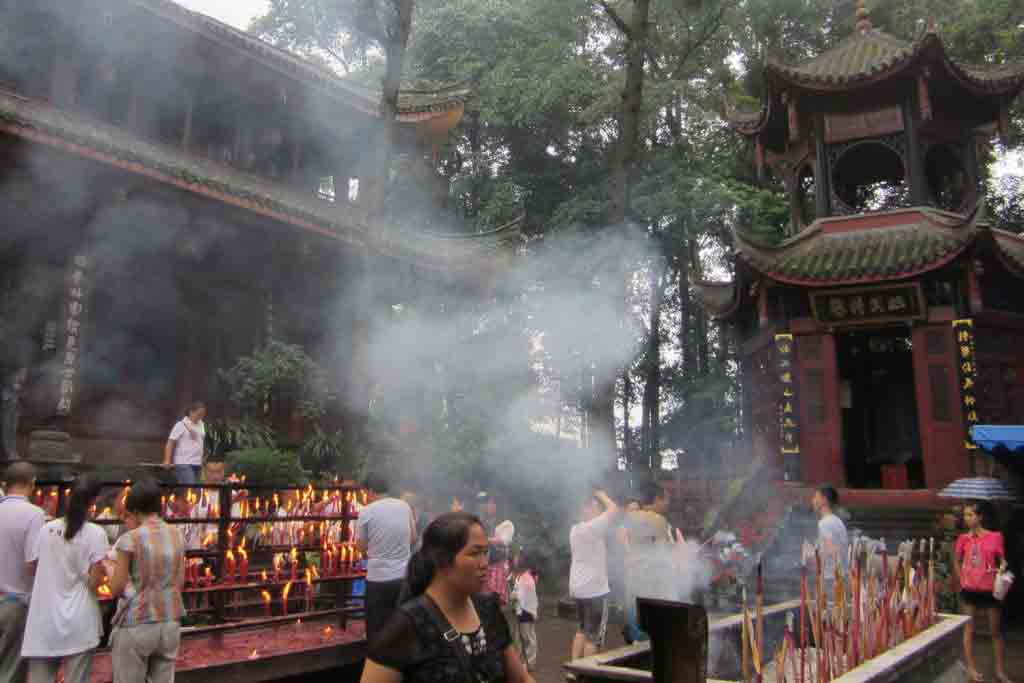Home > Attractions >
E'mei Mountain
After breakfast, we are going to visit one of the most spectacular mountains in China, Emei Mountain is the highest of China's four holy Buddhist mountains rising 10,167 feet above sea level. Buddhists believe the mountain is home to Samantabhadra - patron of the Lotus Sutra and Bodhisattva of Pervading Goodness.
What to visit in Mount Emei
The route to the summit crosses a lush and diverse landscape with enchanted rock formations, waterfalls and narrow gorges. Climbing upwards you will encounter countless temples and pavilions. Thousands of pilgrims walk the way to the top-many of them elderly and sporting canes with their pockets filled with incense and ghost money to be burned.
The first temple erected on the mountain was built during the Han dynasty, and during the Ming and Qing dynasties, Emei mountain became one of China's most Important centres for Buddhism. Many of its 100 temples fell into disrepair after the fall of the Qing dynasty, but since 1976, much has been done to restore past glory.
Monkey Tollgate
By far the most beautiful path to the top follows the southern route, which is also the longest. continue to visit you will pass by colonies of monkeys, there are many monkeys at Mount Emei and they are very adorable, but please keep your distance from them. If you come across a "monkey tollgate", the standard procedure is to thrust open palms towards the outlaw to show you have no food
Baoguo Temple
At 1,804(550 m) is the Baoguo Temple with a 25- ton bronze bell dating from 1564. The Qingyin Pavilion offers some of the best views on the mountain. The Wannian Temple, built in the Jin dynasty houses a 23-foot-high bronze figure of Samantabhadra sitting on a six-tusked white elephant weighing 68 tons.
Xianfeng Temple & Leidongping Temple
Between Hongchunpin at 3,674 feet and the Xianfeng Temple you pass by the 99 Curves and the thousands of steps will start to make themselves felt in your muscles-but the splendid views here should reinvigorate even the exhausted. At the Leidongping Temple there is a cable car going to the top of the mountain.
Golden Peak
Continuing on foot from here will takes about 2 hours, if the weather cooperates, the vista is divine at the 10,095-foot-high, Golden Peak. This is the place to relax, meditate and enjoy the sunset. The sunrise is also one of China's legendary experiences, but enjoying this means hiking up at night to be at the peak by sunrise. On Golden Peak, the Golden Peak Temple is a very active place of worship, so transcendence might be lost among the hubbub of pilgrims. And the highest point of Emei Mountain is the Ten Thousand Buddha Summit at 10,167 feet, a monorail can take you there from Golden Peak.
When is the best time to visit?
Mt. Emei is suitable to travel in any time of the year, especially in April and October. In April, people can see the blossom carpet covering the mountain, which is the best time to see one of the famous Mt. Emei scenes-Sea of Clouds.
Between May and June, sunny days on the foot of the mountain while rainy days at the peak of it.
There will be snow on the mountain during the winter and in summer it often rains.
How to visit Mount Emei?
There are two ways to visit Mount Emei: hiking and driving. It takes about 2-3 days to walk all the way, if you would like to enjoy the magnificent view of Emei. It is quite convenient to travel by car, but you'll miss some of the beautiful scenery.
Travel Tips of Mount Emei:
1. In the monkey tollgate, please zipper your backpack properly and don't carry food or water bottles in your hand.
2. Tourists are suggested to buy a bamboo pole at the foot of the mountain, which can be used as a crutch, and it is also can be used to drive away the monkeys who are grabbing food ( remember, do not hit the monkeys, otherwise, the monkeys will be annoyed and the consequences will be very serious).
3. Temperatures are significantly different between the bottom and the top of the mountain so carry some warm clothes.
4. There are very few restaurants on the Emei Mountain, and the food may not be to everybody’s taste because of the difficulty to getting supplies on the Mountain, so travelers are suggested to bring some snacks such as chocolates or breads and so on.
Admission Fees:
Peak season: 160 RMB/Person (16th January to 14th December),(Excluding temples, cable ways, insurance, sightseeing cars and other expenses).
Off season: 110 RMB/Person ( 15th December to 15th January), (Excluding temples, cable ways, insurance, sightseeing cars and other expenses).
Cable Car Price:
1. Golden Peak Cable way:
peak season: 65 yuan per person goes up and 55 yuan per person goes down.
Off season: 30 yuan upward and 20 yuan downward.
2. Wannian Cable way:
peak season: 65 yuan per person goes up and 45 yuan per person goes down.
Off season: 30 yuan upward and 20 yuan downward.
Temple Ticket Price:
Wannian Temple: 10 RMB/Person
Baoguo Temple: 8 RMB/Person
Fuhu Temple: 6 RMB/Person
Opening Time:
Peak season: 6.00 AM to 6.30 PM( 1st May to 7th October, Monday to Sunday )
Off season: 7.00 AM to 5.30 PM( 8th October to 30th April,Monday to Sunday )
Related Articles & Posts
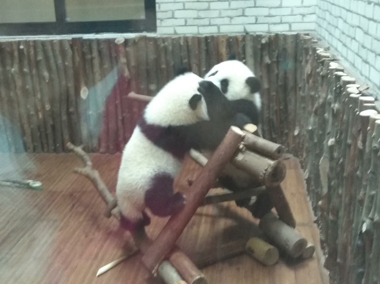 Panda Research Base
Panda Research Base 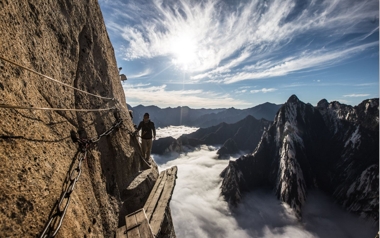 Huashan Mountain
Huashan Mountain
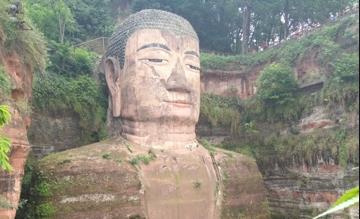 Leshan Buddha Sculpture
Leshan Buddha Sculpture 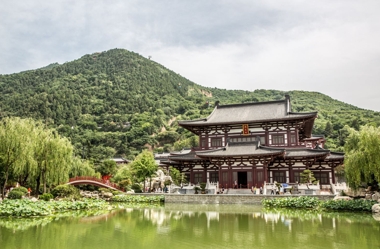 Huaqing Hot Spring
Huaqing Hot Spring
Recommended Silk Road Tours
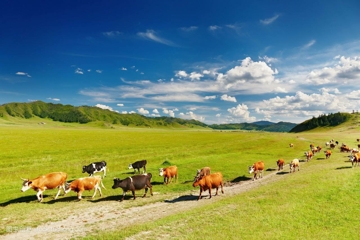 Silk Road Culture Exploration Tour
Silk Road Culture Exploration Tour 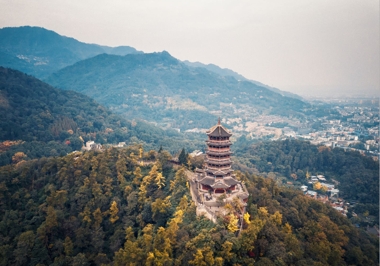 Silk Road & Yunnan Tours
Silk Road & Yunnan Tours
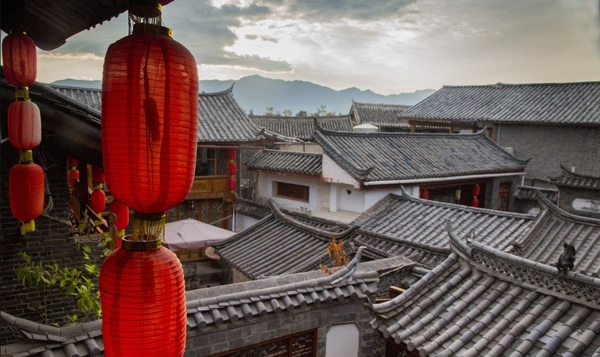 Silk Road Classic Tour
Silk Road Classic Tour 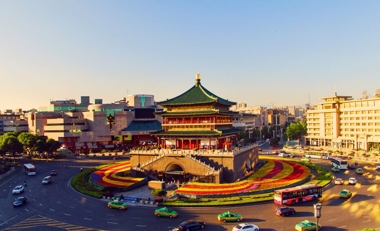 Silk Road Culture Diversity Tour
Silk Road Culture Diversity Tour
What to visit in Mount Emei
The route to the summit crosses a lush and diverse landscape with enchanted rock formations, waterfalls and narrow gorges. Climbing upwards you will encounter countless temples and pavilions. Thousands of pilgrims walk the way to the top-many of them elderly and sporting canes with their pockets filled with incense and ghost money to be burned.
The first temple erected on the mountain was built during the Han dynasty, and during the Ming and Qing dynasties, Emei mountain became one of China's most Important centres for Buddhism. Many of its 100 temples fell into disrepair after the fall of the Qing dynasty, but since 1976, much has been done to restore past glory.
Monkey Tollgate
By far the most beautiful path to the top follows the southern route, which is also the longest. continue to visit you will pass by colonies of monkeys, there are many monkeys at Mount Emei and they are very adorable, but please keep your distance from them. If you come across a "monkey tollgate", the standard procedure is to thrust open palms towards the outlaw to show you have no food
Baoguo Temple
At 1,804(550 m) is the Baoguo Temple with a 25- ton bronze bell dating from 1564. The Qingyin Pavilion offers some of the best views on the mountain. The Wannian Temple, built in the Jin dynasty houses a 23-foot-high bronze figure of Samantabhadra sitting on a six-tusked white elephant weighing 68 tons.
Xianfeng Temple & Leidongping Temple
Between Hongchunpin at 3,674 feet and the Xianfeng Temple you pass by the 99 Curves and the thousands of steps will start to make themselves felt in your muscles-but the splendid views here should reinvigorate even the exhausted. At the Leidongping Temple there is a cable car going to the top of the mountain.
Golden Peak
Continuing on foot from here will takes about 2 hours, if the weather cooperates, the vista is divine at the 10,095-foot-high, Golden Peak. This is the place to relax, meditate and enjoy the sunset. The sunrise is also one of China's legendary experiences, but enjoying this means hiking up at night to be at the peak by sunrise. On Golden Peak, the Golden Peak Temple is a very active place of worship, so transcendence might be lost among the hubbub of pilgrims. And the highest point of Emei Mountain is the Ten Thousand Buddha Summit at 10,167 feet, a monorail can take you there from Golden Peak.
When is the best time to visit?
Mt. Emei is suitable to travel in any time of the year, especially in April and October. In April, people can see the blossom carpet covering the mountain, which is the best time to see one of the famous Mt. Emei scenes-Sea of Clouds.
Between May and June, sunny days on the foot of the mountain while rainy days at the peak of it.
There will be snow on the mountain during the winter and in summer it often rains.
How to visit Mount Emei?
There are two ways to visit Mount Emei: hiking and driving. It takes about 2-3 days to walk all the way, if you would like to enjoy the magnificent view of Emei. It is quite convenient to travel by car, but you'll miss some of the beautiful scenery.
Travel Tips of Mount Emei:
1. In the monkey tollgate, please zipper your backpack properly and don't carry food or water bottles in your hand.
2. Tourists are suggested to buy a bamboo pole at the foot of the mountain, which can be used as a crutch, and it is also can be used to drive away the monkeys who are grabbing food ( remember, do not hit the monkeys, otherwise, the monkeys will be annoyed and the consequences will be very serious).
3. Temperatures are significantly different between the bottom and the top of the mountain so carry some warm clothes.
4. There are very few restaurants on the Emei Mountain, and the food may not be to everybody’s taste because of the difficulty to getting supplies on the Mountain, so travelers are suggested to bring some snacks such as chocolates or breads and so on.
Admission Fees:
Peak season: 160 RMB/Person (16th January to 14th December),(Excluding temples, cable ways, insurance, sightseeing cars and other expenses).
Off season: 110 RMB/Person ( 15th December to 15th January), (Excluding temples, cable ways, insurance, sightseeing cars and other expenses).
Cable Car Price:
1. Golden Peak Cable way:
peak season: 65 yuan per person goes up and 55 yuan per person goes down.
Off season: 30 yuan upward and 20 yuan downward.
2. Wannian Cable way:
peak season: 65 yuan per person goes up and 45 yuan per person goes down.
Off season: 30 yuan upward and 20 yuan downward.
Temple Ticket Price:
Wannian Temple: 10 RMB/Person
Baoguo Temple: 8 RMB/Person
Fuhu Temple: 6 RMB/Person
Opening Time:
Peak season: 6.00 AM to 6.30 PM( 1st May to 7th October, Monday to Sunday )
Off season: 7.00 AM to 5.30 PM( 8th October to 30th April,Monday to Sunday )
Related Articles & Posts
 Panda Research Base
Panda Research Base  Huashan Mountain
Huashan Mountain  Leshan Buddha Sculpture
Leshan Buddha Sculpture  Huaqing Hot Spring
Huaqing Hot Spring Recommended Silk Road Tours
 Silk Road Culture Exploration Tour
Silk Road Culture Exploration Tour  Silk Road & Yunnan Tours
Silk Road & Yunnan Tours  Silk Road Classic Tour
Silk Road Classic Tour  Silk Road Culture Diversity Tour
Silk Road Culture Diversity Tour

